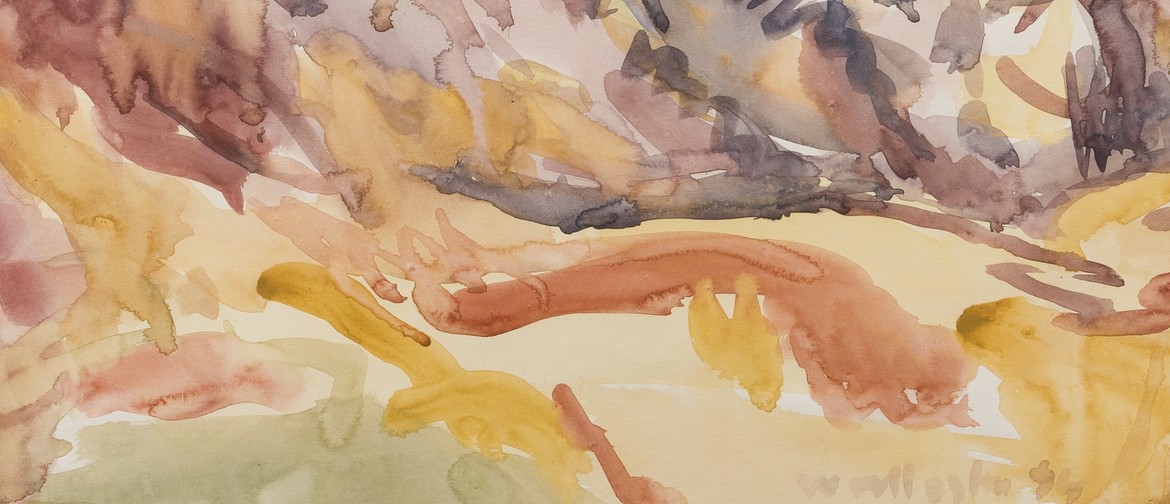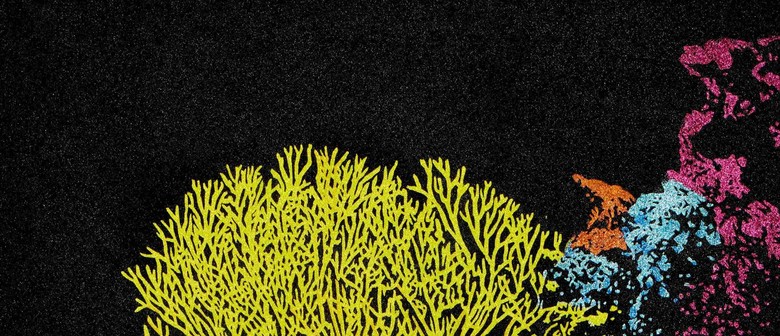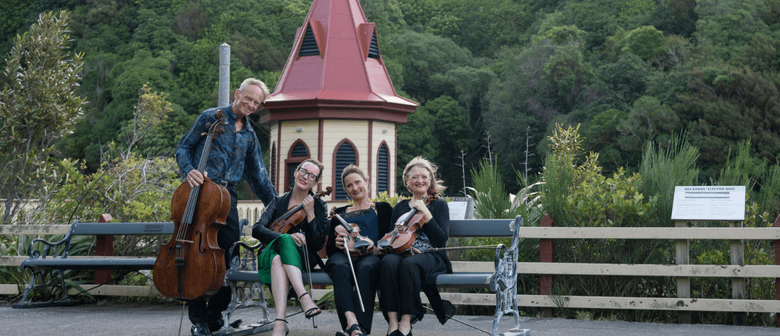Toss Woollaston: Unearthed Watercolours
42 Victoria St, Te Aro, Wellington
Ticket Information
Restrictions
Websites
Listed by
"My own ultimately rather restricted range of dull earth colours and reduced blues and greens arose from my own personal response to the daytime earth colours of the sun-drenched landscape of Māpua ... writers on my work are fond of quoting me as having said ... I wanted to paint the light, but only after it had been absorbed into the earth. It is true." – Toss Woollaston
Recently unearthed from the estate of Toss Woollaston (1910 – 1998), this collection of watercolours dates from the 1960s through to 1990s. Woollaston’s landscapes traverse the distinctive geography of Lyttelton, Kaikoura, Moutere, Motueka, Queenstown, Makara, Kapiti coast, and invariably the artist’s beloved Bayly’s Hill in Taranaki.
Throughout his life, Woollaston would often revisit a particular view or mountain range or lake edge, in his ceaseless endeavour to capture a sense of truth and an immediacy of experience. Bayly’s Hill was one such site. Located on the family farm at Toko, a small rural settlement east of Stratford, where Woollaston was raised and where he returned over the course of many years. The artist’s nephew once remarked, "He was obsessed with that hill. He didn't use an easel, he stood out there with a sketchbook." He said, “He didn't climb it very often, just painted it many times. He had a different way of looking at things. Once I asked him why it [Bayly's Hill] had lines on it. He said when God made the earth, he ran his fingers down the sides of those hills."
Woollaston remains a key figure in the history of 20th century art in Aotearoa New Zealand and his landscape paintings – with their characteristically overlapping picture planes, energetic brushstrokes, and pastel and earth toned palettes – position him as one of the pioneers of modernism in this country. Inspired by the musings of English Romantic poets, Woollaston’s first creative outlet was in fact poetry. Leaving home in 1928 to go fruit-picking in Motueka, it was during this time that he discovered an interest in art, and in 1931 enrolled at Canterbury College School of Art in Christchurch. However, he quickly found the instruction too conservative and soon moved to Dunedin to study at the Dunedin School of Art. He departed after only two terms and in 1934 moved to Māpua in Nelson, where he began building a small house out of dried mudbricks. In 1936 Woollaston held his first exhibition in Dunedin and among those visitors to the gallery was a young Colin McCahon. It was the beginning of an enduring friendship, with McCahon often visiting Māpua during fruit-picking season, and later, settling at Pangatōtara, near Motueka. In 1950 Woollaston moved to Greymouth with his wife and children. This relocation brought with it a change not only in subject but also stylistically, with the artist embracing more of those qualities of Abstract Expressionism in response to the drama and scale of the West Coast landscape. In 1968 the family returned to Motueka, where he remained until his death.
It is often a challenge to write about artists without becoming too preoccupied with biography, weighed down by exact dates and particular life events. With Woollaston, it is equally difficult to speak to his work without tracing his physical movements, taking note of each time he moved from one town or city to another. But from a contemporary perspective, Woollaston’s life seems so much of the land, of the earth – from his early days working as an orchardist, to building his mud brick house at Māpua – and the landscapes within which he lived were so integral to his practice, and so essential to the man himself, that is seems vital to record those geographical shifts that informed the subject of his life’s work.
Log in / Sign up
Continuing confirms your acceptance of our terms of service.




Post a comment